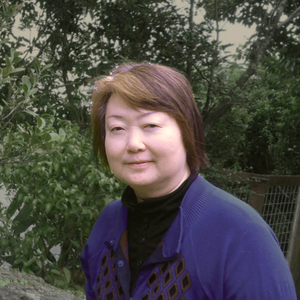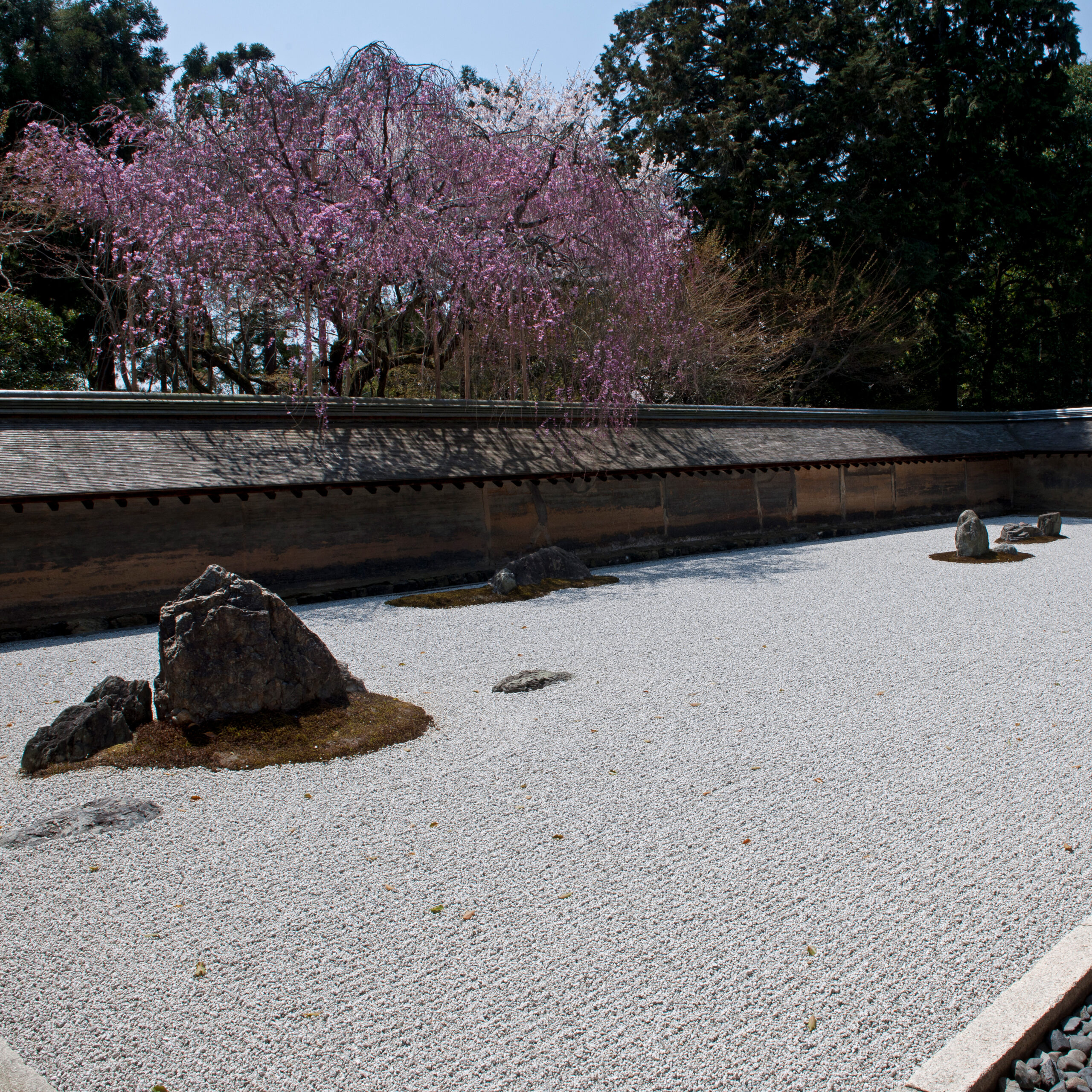2024.04.25
伝検通信(メルマガ)週刊メールマガジン「伝検通信」 第5号
週刊メールマガジン「伝検通信」第5号をお届けします。
伝検公式ウェブサイト(https://denken-test.jp)が2024年4月25日(木)16時にオープンしました。
伝検の詳細や最新情報がご覧いただけるほか、「伝統文化をよく知る」コーナーでは、日本の伝統文化にまつわるクイズ・記事・コラムなどがあり、読みどころが満載です。ぜひご覧ください。
今号は、日本伝統文化検定協会・外舘副会長のエッセーをお送りします。
「クイズで肩慣らし」は前回クイズの解答・解説と、建築・庭園・美術分野からの出題です。
7月末までにメルマガ登録した方の中から、抽選で100人に公式テキスト(今夏刊行予定)をプレゼントするキャンペーンも引き続き実施中です。
それでは第5号スタートです!
目次
・伝統文化と私(一般社団法人日本伝統文化検定協会副会長 外舘和子)
・「クイズで肩慣らし」第5回(建築・庭園・美術)=「枯山水」
・ 伝検協会だより
伝統文化と私
一般社団法人日本伝統文化検定協会副会長
外舘和子(とだて・かずこ) 多摩美術大学教授、工芸評論家、工芸史家

このたび、一般社団法人 日本伝統文化検定協会 副会長に就任した外舘和子と申します。普段は多摩美術大学で工芸論や日本美術史を教えています。今後、時々この欄で皆さんに工芸や伝統文化の魅力、現況を伝えていきたいと思います。
この20年余り、海外の美術館や大学で展覧会の監修や図録執筆、講演、あるいは工芸や陶芸の国際公募展の審査に赴く中で、とりわけ日本の工芸や伝統文化が大いに注目されていることを感じています。
ごく最近の例では、アメリカ、ミシガン州立大学美術館の企画展「Clay as Soft Power(ソフト・パワーとしての土)」の図録に論文を書きました。この展覧会は戦後から今日に至る日米の陶芸家の交流を中心に紹介したもので、特に信楽や備前などの日本の焼締陶にアメリカ人陶芸家がいかに影響を受けたかを示す内容でした。日本では古墳時代に「穴窯」が登場しましたが、電気やガスの窯が普及した今日でも、そうした薪の窯を使用している陶芸家がいます。電気の窯より温度のコントロールが難しく、焼成時の季節や天候によっても焼き上がった雰囲気は微妙に異なります。けれどもそうした自然や、完全には意のままにならない相手と向き合い、折り合いをつけながら最善のものを生み出すという日本人の姿勢は、来日したアメリカ人の共感を得ました。
また、焼締陶の素朴な土味に侘(わび)や寂といった趣を見いだし、時に割れや歪みの美しささえ楽しむ日本人の美意識は、茶道文化とも関係しながら、海外の陶芸家たちに大きな影響を与えています。アメリカ現代陶芸を代表するピーター・ヴォーコスは、戦後、アメリカの抽象絵画だけでなく、そうした日本の焼締陶に影響を受けたと語っています。
最先端技術を受け入れながらも、古い手法の良さも捨てず、やきものの原点を忘れない姿勢は、ともすれば効率第一になりがちな人類の営みを考える上で外国人にも示唆するところが大きいでしょう。日本の工芸や伝統文化には、そうした日本人の価値観や美意識、生きる術のエッセンスが凝縮されているのです。
「クイズで肩慣らし」第5回(建築・庭園・美術)=「枯山水」
~伝検公式テキスト(今夏刊行予定)のジャンルごとに出題します~

第5回
問題:枯山水の石庭で有名な世界遺産「龍安寺(りょうあんじ)」は、ある英国の王族が公式訪問した際に絶賛したことから、世界的に有名になりました。その訪問者とは誰でしょう。
【前回の答えと解説】
問題:日本映画史上最大のヒットを記録したアニメのヒロインの着物に描かれていた柄で、日本の伝統的な吉祥文様の一つ。世界的に知られたこの文様の名前は何でしょうか。
答え:麻の葉文様
解説:アニメ『鬼滅の刃』のヒロイン、禰豆子(ねずこ)の着物の柄に描かれた「麻の葉文様」。正六角形を基本とする割付文様で、古くは平安時代の仏像の装飾などに使われており、後に麻の葉に似ていることから、「麻の葉文様」と言われるようになりました。江戸時代に歌舞伎役者の嵐璃寛(あらし・りかん)が娘役でこの文様を用いたことにより大流行。麻は丈夫で成長も早いことから、子どもの健やかな成長を願い、産着や子どもの着物などによく使われていました。
伝検協会だより
当協会の近衞忠大会長も登場するNHKBS「英雄たちの選択 スペシャル 日本史サバイバル!近衛家と細川家の戦略」が5月6日(月・祝)21:00~22:29に再放送されます。
約1400年前の藤原鎌足に始まり、道長の時代に公家の頂点を極めた藤原氏をルーツに持つ近衞家。一方の細川家は室町時代からの武家の名門です。両家はなぜこれほど長い間、存続できたのでしょうか?
特別公開の秘宝の数々も見どころの一つだそうです。ぜひご覧ください。
【編集後記】
伝検通信第5号いかがでしたか。今週末からGW。わたしも伝統文化三昧の予定です。あれを観よう、これも観なくてはと、予定を立てているだけで楽しくなってきます。(坂本)。
カテゴリー: 伝検通信(メルマガ)





